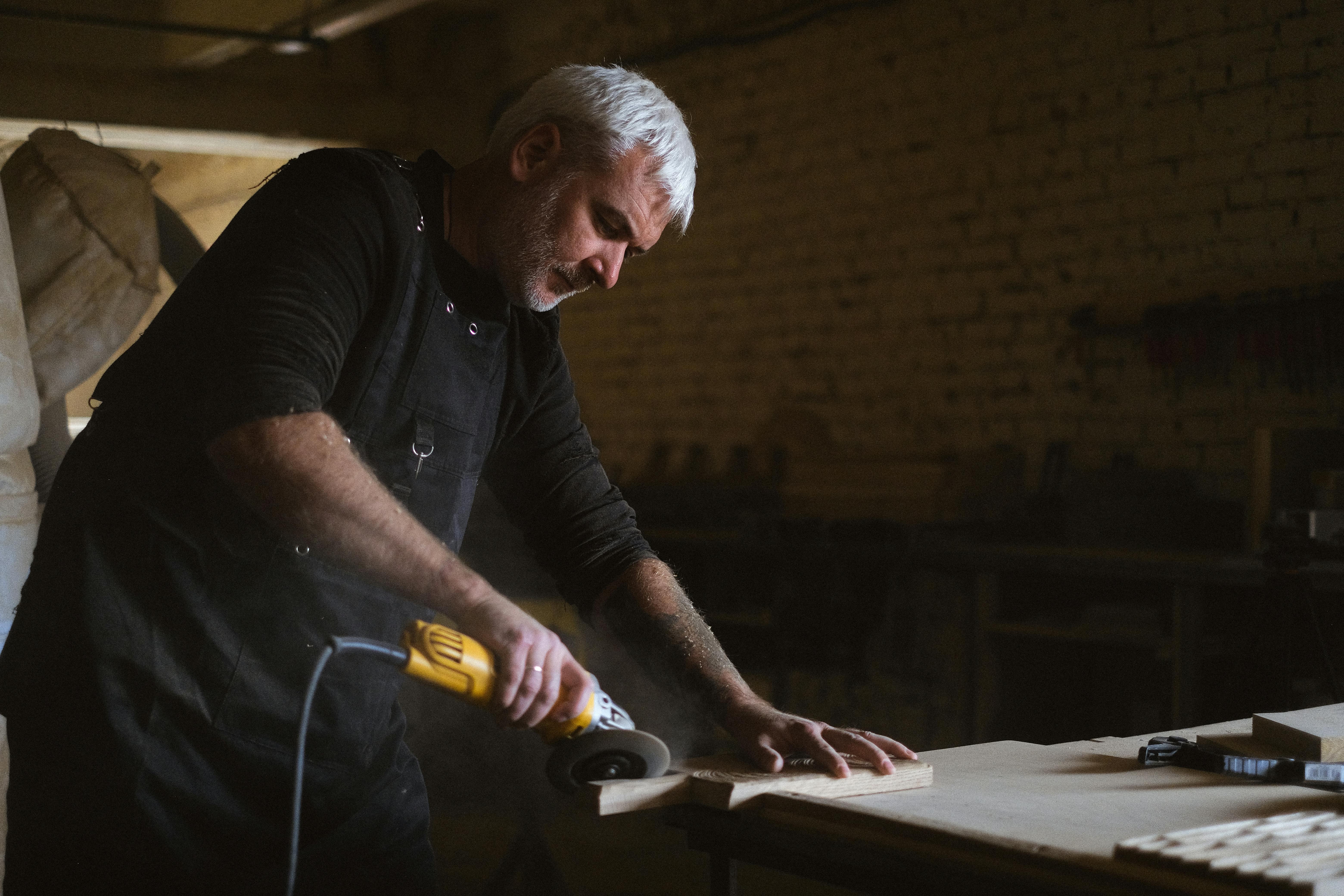Over the years, the use of glass has increased tremendously. Modern structural design considerations, aesthetic tastes, energy savings, and comfort awareness demand glasses with increased strength, safety, and thermal performance. This situation calls for a greater use of heat-treated glass.
The principle of heat treatment
The basic objective of the heat treatment process is to create an initial compressive condition of the surface and edges. This condition is achieved by first heating the glass and then rapidly cooling the surface. This makes the center of the glass hotter than the surface. As the center cools, it compresses the surfaces and edges. Therefore, these glasses can be Brocken only after overcoming this extra compressed surface.
Heat treated glass fractures into small relatively harmless pieces due to tensile forces released from the central core of the glass and this phenomenon of breaking glass into small particles is called dicing.
The heat treatment process
The annealed float glass is cut to the required final size, the edges are sewn or polished and washed. There are two main manufacturing methods for heat treatment. One process heat treats it in a horizontal position while the second method moves the glass through the furnace in a vertical position with each light held by metal tongs. Then it is heated to approximately 650 degrees Celsius. Once the hot glass is removed from the tempering furnace, it is rapidly cooled (turned off) by blowing a carefully controlled flow of air from fixed, reciprocating or rotating air jet nozzles evenly over both glass surfaces simultaneously. Higher airflow rates produce fully tempered glass that has a surface compression of 700 kg / m2 or more and an edge compression of 680 or more, and much lower airflow rates produce heat-strengthened glass that has a surface compression of 250 to 700 kg / m2 and an edge compression between 390 to 680 kg / m2.
Response of glass properties to heat treatment
Color, solar properties, chemical composition, hardness, specific gravity, coefficient of thermal expansion, softening point, thermal conductivity, and stiffness remain unchanged after heat treatment. The only physical properties that changed are improved flexural and tensile strength, and improved resistance to thermal stress and thermal shock. Heat treatment changes the glass break pattern. Fully tempered glass disintegrates into relatively small, harmless pieces.
Heat treated glass type
Heat treated glasses are classified into two types
1. Fully tempered glass
2. Thermoset glass
Fully tempered glass
Both fully tempered and heat strengthened glass have the same heat treatment process and the only difference is in the cooling method. Higher airflow rates produce fully tempered glass.
Features of fully tempered glass
Fully tempered glass is approximately 4 times stronger than normal annealed glass and 6 times more heat resistant than annealed glass. It can be used up to a working temperature of 300 degrees Celsius. Tempered glass is also capable of withstanding temperature differences of 100 to 150 degrees Celsius, which could cause annealed glass to crack. It usually breaks down into small particles that are not normally harmful and can be used as safety glass. It can be laminated with a suitable number of PVB interlayers. It cannot be cut or drilled after tempering. Since tempering improves the structural property. Tempered glass is considered a structural element and can be used for frameless glass facades, doors and point support systems and can also be used with any type of windows and curtain walls.
Uses of tempered glass
Tempered is widely used in the construction industry for windows, curtain walls, frameless structural glazing work, skylights, etc., in applications requiring increased strength and safety.
It is also used in the automotive industry as side and rear windows in automobiles.
It is also used in refrigerators, furniture, ovens, shelves, etc.
Tempered glass should not be used where building codes require wired glass for fire resistance.
Heat strengthened glass
As described above, low air flow rates upon cooling produce thermoset glass.
Characteristics of thermoset glass
Thermoset is approximately 2 times stronger than normal anneal and 2 times more heat resistant than annealed. It can be used up to a working temperature of 150 degrees centigrade. It breaks into large pieces almost like annealed glass and cannot be used as safety glazing. It can be laminated with a PVB interlayer. It cannot be cut or drilled after tempering. Heat strengthened glass is not structural glass and must be glazed on all four edges with a conventional or structural silicone aluminum system. Not suitable for frameless facades. It is ideal for use in high-rise buildings and towers subjected to high temperatures and wind loads. Surface defects such as optical distortion and arc, etc., are not fully tempered. The inclusion of nickel sulfide is not considered a significant source of fracture as a cause of total tempering.

